Watch the video breakdown
5. Hang En Cave, Vietnam – Camp on an Underground Beach
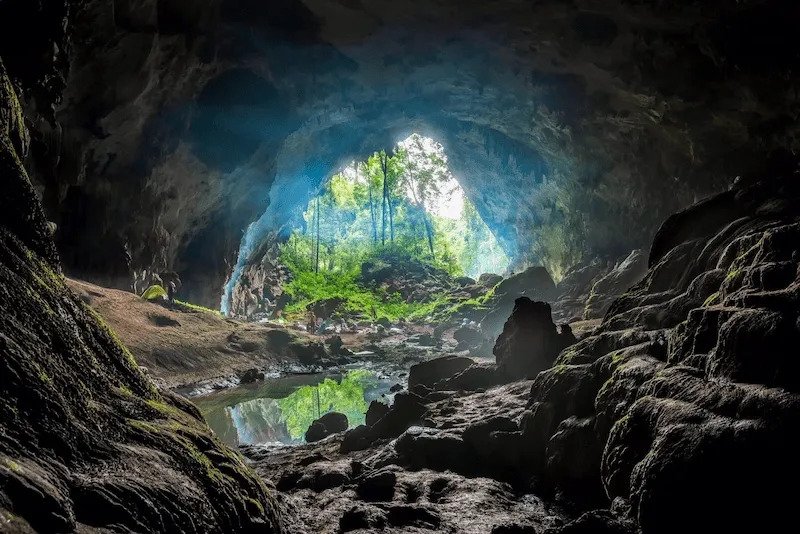
Tucked inside the jungle of Phong Nha-Ke Bang National Park, Hang En Cave is one of the largest cave systems in the world—and it hides a white sand beach inside. That’s right: you can actually camp in a giant underground cavern with a beach, waterfall, and river all to yourself.
The cave is larger than four football fields and feels like something out of a fantasy film. To get there, take a guided trek from Phong Nha town for around $50, hike through jungle for 3 hours, and arrive at a cave so massive the ceiling disappears into darkness.
Only 20 people per day are allowed in, so you won’t be jostling with crowds. Camping here costs about $100 per night, and you’ll wake up to waterfalls echoing through stone. The best time to visit is November to April, during dry season.
4. Kawah Putih, Indonesia – A Color-Changing Crater Lake
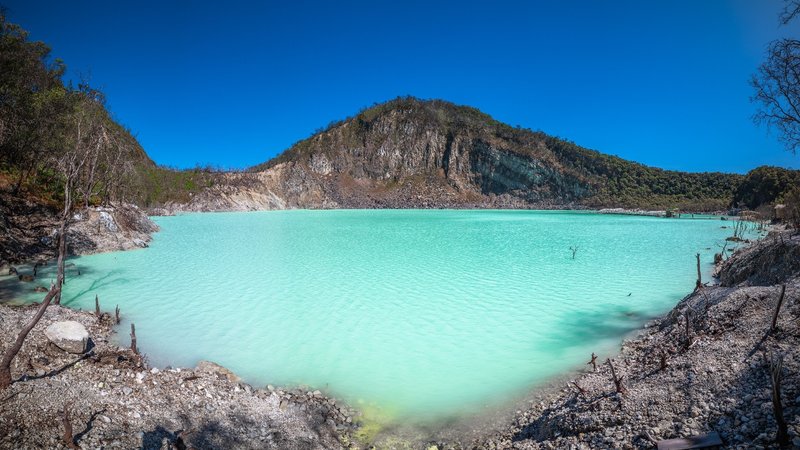
Hidden in the highlands near Bandung, Kawah Putih is a volcanic crater lake that changes color throughout the day—from turquoise to mint green to milky white—depending on sunlight and mineral content. It looks like another planet.
Despite how stunning it is, few tourists visit. Local buses from Bandung cost just $3, and entry to the lake is $5. Visit at sunrise for the most dramatic colors and minimal crowds. Early morning mist often floats across the lake, making it even more surreal.
There’s a boardwalk along the rim, where you can take photos that rival any drone shot from Ha Long Bay or Ubud—but without the swarms of influencers.
3. Tham Kong Lo Cave, Laos – A River Inside a Mountain
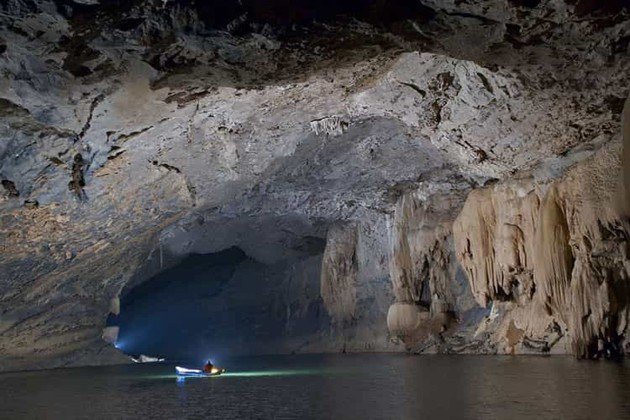
Forget tourist-packed lagoons—how about boating through a mountain? In the limestone region of central Laos, Tham Kong Lo Cave offers a 7-kilometer underground boat ride through total darkness, lit only by headlamps and the glow of the water.
To get there, take a local songthaew from Ban Khoun Kham, then hire a boat and driver for around $15–20. The cave ceiling stretches over 100 meters high in places, and the experience is absolutely silent except for the paddling echoing off rock walls.
Few tourists venture this far, but it’s one of Asia’s most incredible geological wonders, combining raw nature and adventure in a way no theme park ever could.
2. Emerald Cave, Thailand – Swim to a Secret Beach
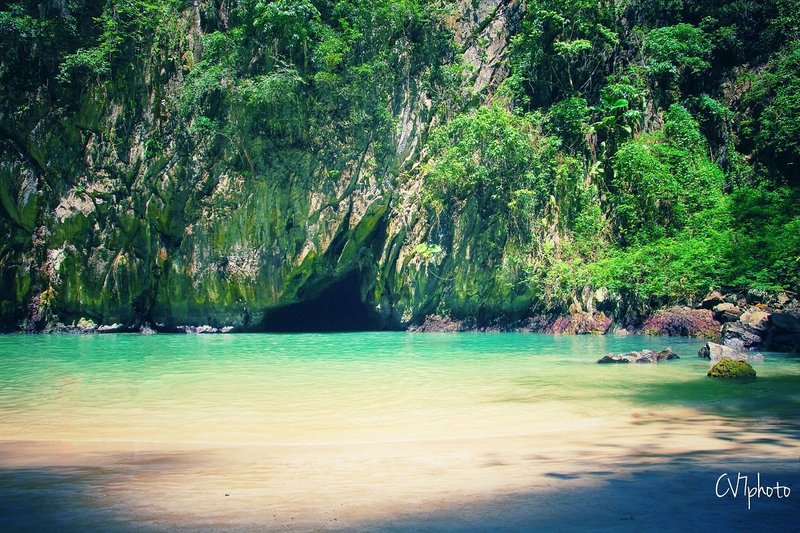
Thailand has no shortage of lagoons—but Emerald Cave (also known as Tham Morakot) offers something truly rare: a hidden beach inside a collapsed cave, accessible only by swimming through a pitch-black tunnel.
Located on Koh Mook in southern Thailand, the entrance is a narrow sea cave that opens up into a secret lagoon surrounded by 100-meter-high limestone cliffs. The beach inside is soft, bright, and totally hidden from the sea.
Local longtail boats cost $10 round trip, but you should visit early in the morning to avoid tour groups. Time it right and you’ll have the entire place to yourself—like stepping into your own private Narnia.
1. Asik-Asik Falls, Philippines – A Waterfall Wall with No River
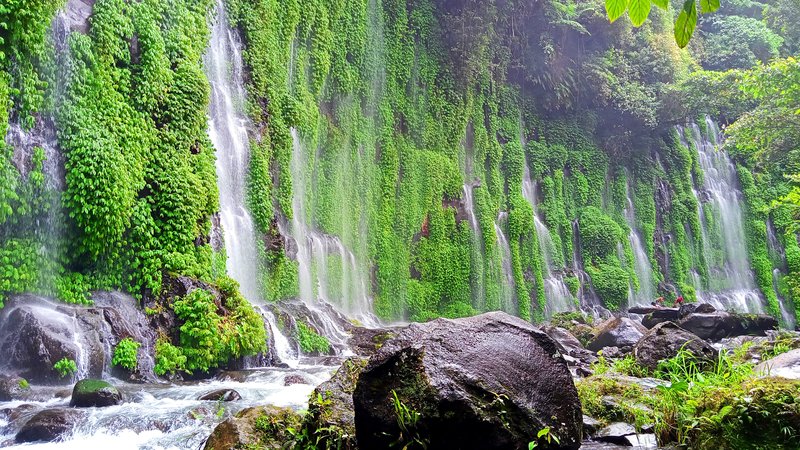
Unlike typical waterfalls, Asik-Asik Falls in Mindanao has no visible river source. Instead, thousands of spring jets emerge directly from a moss-covered cliff, creating a 140-meter-wide wall of water that looks like a vertical garden bursting into life.
Getting there takes effort—local transport from Kidapawan City costs about $3, and entry to the site is just $2. But the reward is unmatched: the falls are nearly unknown to foreign tourists, and the scene is pure, untouched nature.
Visit between December and May for the best water flow. Bring water shoes and a waterproof camera—you’ll want to get close enough to feel the wall of mist.
Final Thoughts
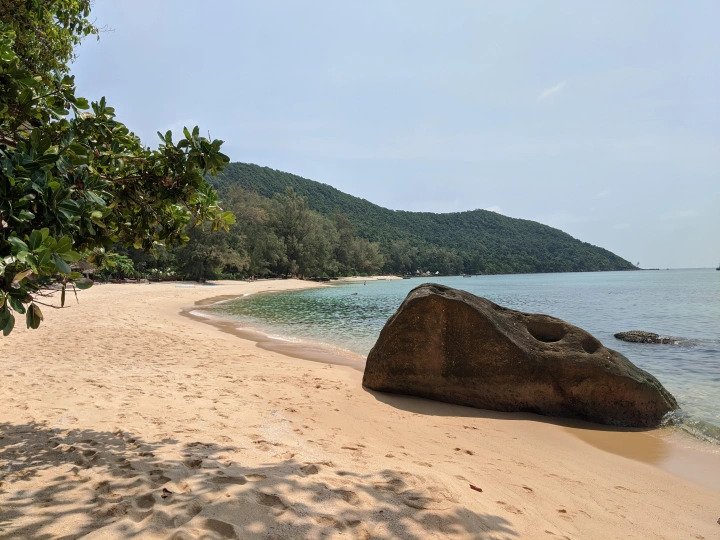
Southeast Asia’s hidden natural wonders are still out there—untouched, underappreciated, and unbelievable. From camping on underground beaches to boating through limestone mountains, these five spots prove that there’s still plenty of mystery left on the map.
So if you’re tired of crowds and ready to discover something real, add these destinations to your 2025 travel list. You won’t find them in a brochure—but you will remember them for the rest of your life.


